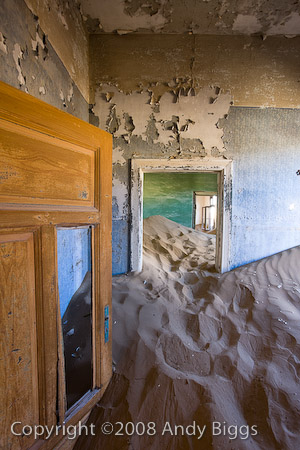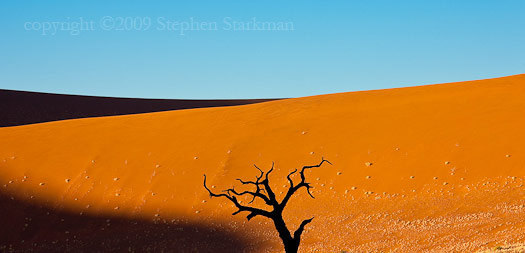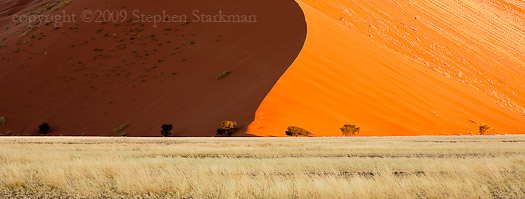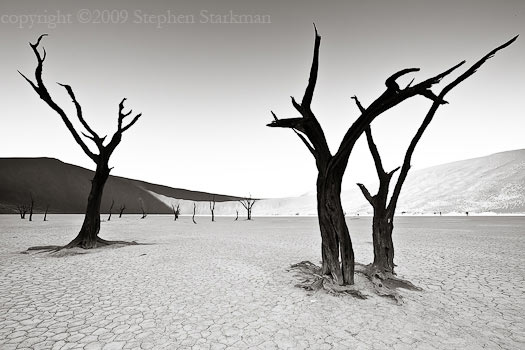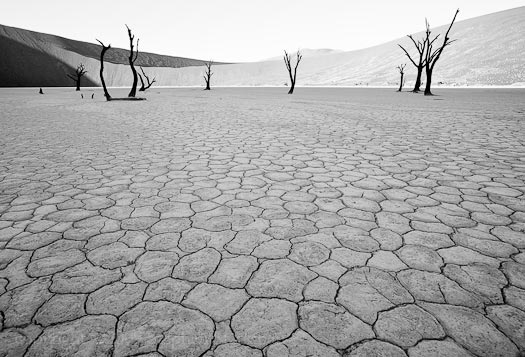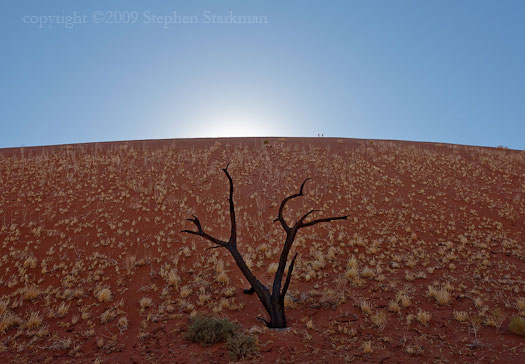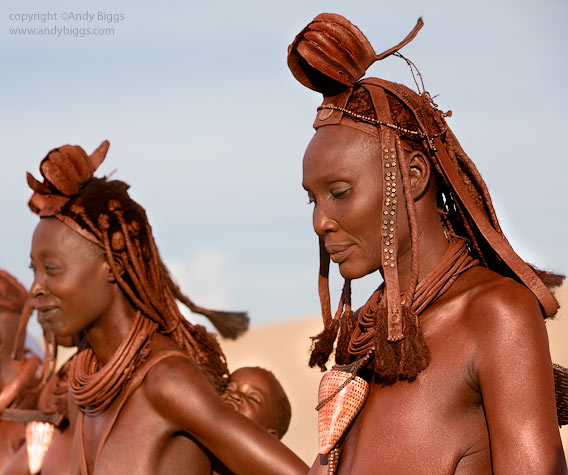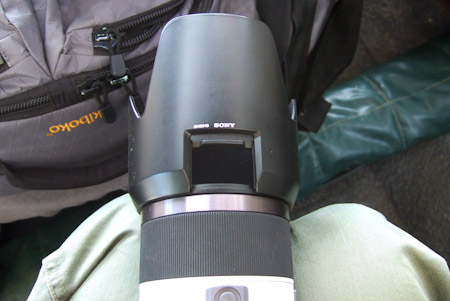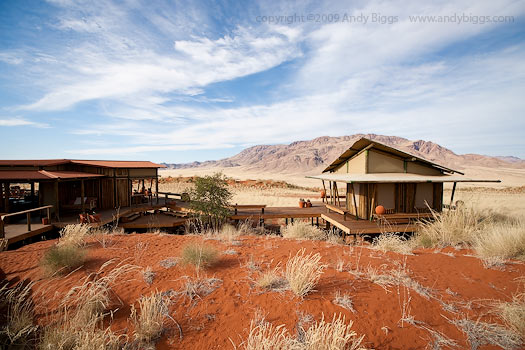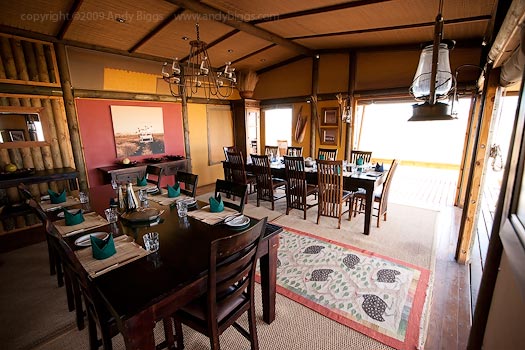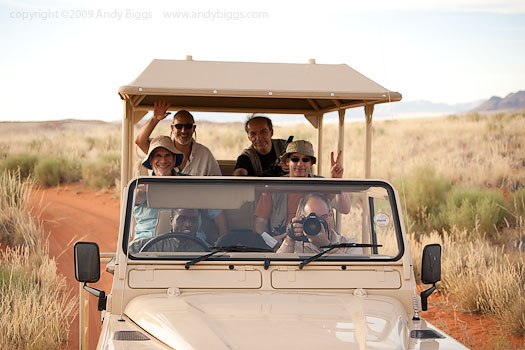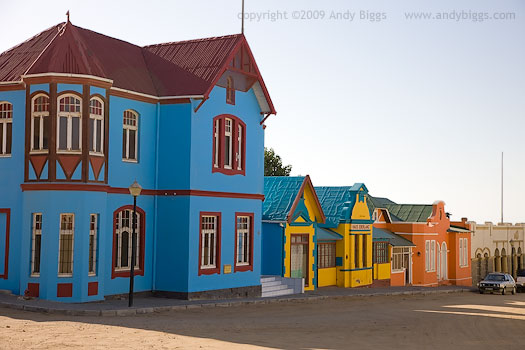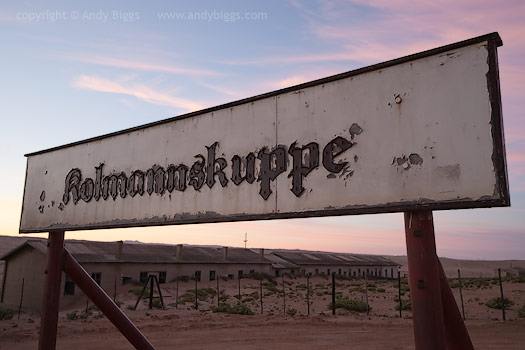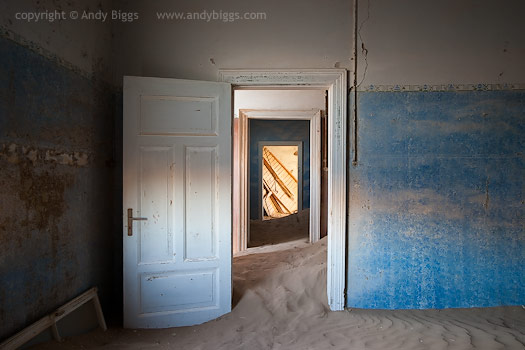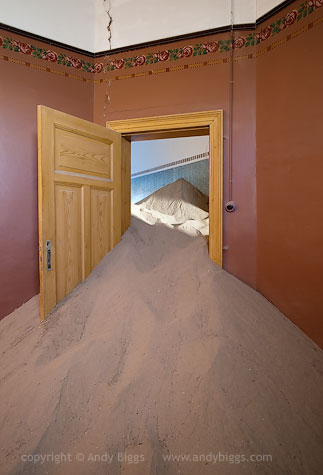This is the 2nd trip report from my latest safari to Namibia You can read my Namibia trip report (Part 1 - Skeleton Coast) entry here if you have not already done so.
After the skeleton coast, we flew along the ocean and turned inward at the mouth of the Kunene River, which markes the boundary between Namibia and Angola. The next location on our trip was a 3-night stay at Serra Cafema, a camp along the Kunene River with the Serra Cafema mountain range in Angola in the distance.
Serra Cafema can only be described as the most remote luxury lodge in all of southern Africa. This was my 2nd time there, and each time I have felt like there isn't a care in the world. It is just one of those places that draws me back for more. Photographically the area is complex, and not easy to capture in one or a few images. Serra Cafema is quite a bit warmer than the Skeleton Coast Camp, and with good reason, as it is farther inland from the sea. The coastal fog and cool air doesn't reach Serra Cafema as much or as often as locations that are close to the sea. Serra Cafema is a wonderful location if you are looking to photograph the Himba tribe, as well as landscapes. On one occasion, a small group of us took out the quad bikes for a spin out on the sand dunes. This enabled us to manuever quickly into areas where we wanted to photograph, and then hop back on to go someplace else.
Serra Cafema Camp is a small, luxurious output in the middle of nowhere, yet the accommodations and common areas are extremely nice, comfortable and inviting. And the staff? Probably one of the best staff attitudes and service I have had anywhere in Africa. There are few that equal the service, like Mombo Camp and Vumbura Plains in Botswana.

Photographer on the Dunes, Serra Cafema, Namibia. Sony A900, 24-70mm, 1/40 @ f/8, ISO 100

Sundowner time! Sony A900, 70-400mm, 1/25 @ f/5, ISO 640

Back to camp after our 'tough' afternoon of photgraphy and sundowner coctails. Sony A900, 16-35mm, 1/2sec @ f/2.8, ISO 800
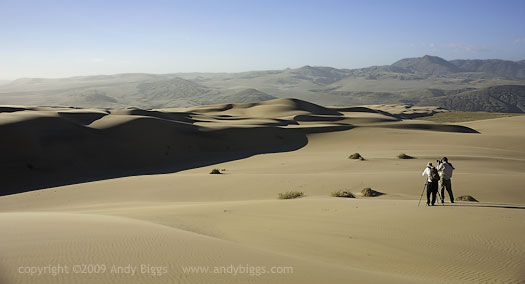
Photographers, dunes and mountains. Sony A900, 24-70mm, 1/250 @ f/5, ISO 100
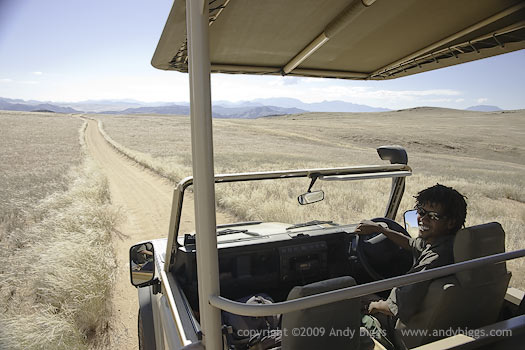 Francois, our guide and snake charmer. Sony A900, 24-70mm, 1/80 @ f/6.3, ISO 100
Francois, our guide and snake charmer. Sony A900, 24-70mm, 1/80 @ f/6.3, ISO 100
 Francois, JP, Larry and Randy and our quad bikes on the dunes. This is an excellent way of moving around on the dunes, as you are more nimble and can find unique areas worth stopping for where a large 4x4 vehicle likely wouldn't go. The challenge is making sure that all people in the group know when to meet back up at the quad bikes to go to the next area. Once somebody walks off behind a dune, you won't see him for a while. Sony A900, 24-70mm, 1/160 @ f/6.3, ISO 100
Francois, JP, Larry and Randy and our quad bikes on the dunes. This is an excellent way of moving around on the dunes, as you are more nimble and can find unique areas worth stopping for where a large 4x4 vehicle likely wouldn't go. The challenge is making sure that all people in the group know when to meet back up at the quad bikes to go to the next area. Once somebody walks off behind a dune, you won't see him for a while. Sony A900, 24-70mm, 1/160 @ f/6.3, ISO 100
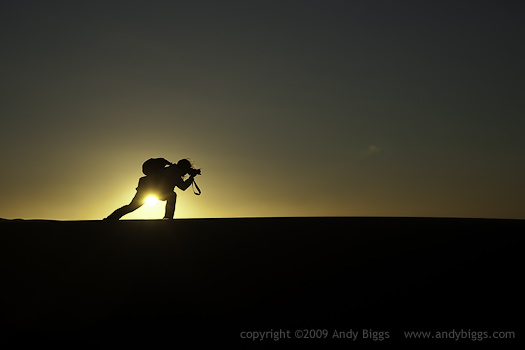 JP working his yoga mojo magic on the dunes. Sony A900, 24-70mm, 1/320 @ f/8, ISO 100
JP working his yoga mojo magic on the dunes. Sony A900, 24-70mm, 1/320 @ f/8, ISO 100
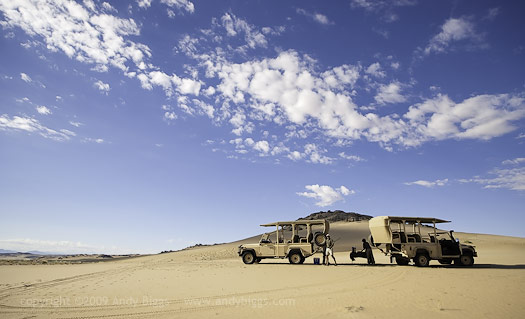 Setting up for refreshments after an early morning sunrise shoot. We always have snacks, cold drinks, coffee and tea ready to go after a morning shoot. Sometimes a good cup of coffee is all I need to put a smile on my face, but this is the whole package to have a cup out in a beautiful setting. Sony A900, 24-70mm, 1/320 @ f/5.6, ISO 100
Setting up for refreshments after an early morning sunrise shoot. We always have snacks, cold drinks, coffee and tea ready to go after a morning shoot. Sometimes a good cup of coffee is all I need to put a smile on my face, but this is the whole package to have a cup out in a beautiful setting. Sony A900, 24-70mm, 1/320 @ f/5.6, ISO 100
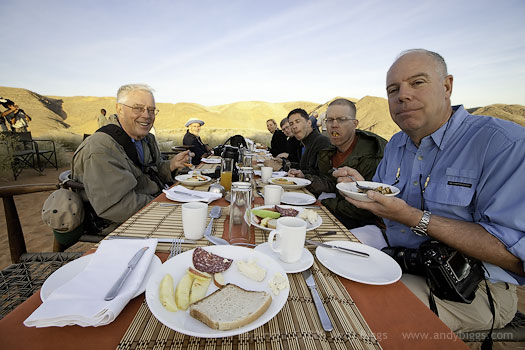 On our final morning, the camp staff surprised everybody by bringing breakfast to us for a 'bush breakfast' feast. No exactly roughing it, I must say. After I took this photo, I realized that Justin has a problem with smiling for the camera. Nice one, Justin. Here is a zoomed in image for the world to see:
On our final morning, the camp staff surprised everybody by bringing breakfast to us for a 'bush breakfast' feast. No exactly roughing it, I must say. After I took this photo, I realized that Justin has a problem with smiling for the camera. Nice one, Justin. Here is a zoomed in image for the world to see:
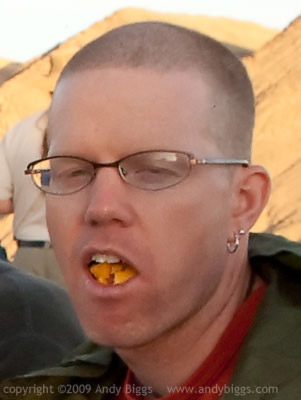
 Tuesday, December 22, 2009 at 04:20PM
Tuesday, December 22, 2009 at 04:20PM 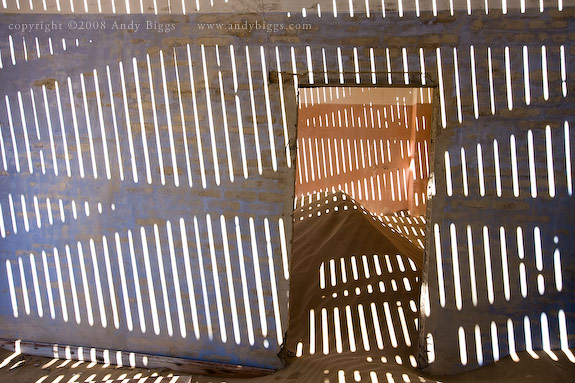
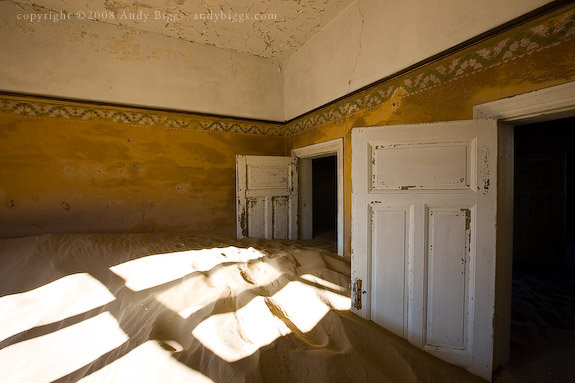
 Gallery,
Gallery,  Kolmanskop,
Kolmanskop,  namibia in
namibia in  News
News 


